Need for Speed: Carbon Review
Need for Speed: Carbon
After the success of Most Wanted, Need for Speed: Carbon hits the streets.
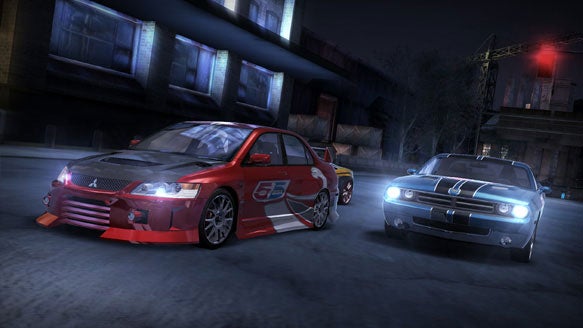
Verdict
Key Specifications
- Review Price: £37.99
”’Platforms: PS2, PSP, PC, Xbox, Xbox 360, GameCube, DS, GBA – Xbox 360 version reviewed.”’
I was a big fan of Need for Speed: Most Wanted on the Xbox 360. Despite the fact that Project Gotham Racing 3 grabbed all the headlines when the X360 launched, I actually enjoyed NFS more. Don’t get me wrong, PGR3 was a stunning game to look at, but when you’ve bought yourself a McLaren F1 after only a couple of hours of play, there isn’t much incentive to drive around those damn cones one more time. Yes, for me NFS: Most Wanted may have been a far more simple game, an arcade racer if you like, but it was also a far more enjoyable game.

Although the cars didn’t look as staggeringly realistic as the vehicles in PGR3, NFS: Most Wanted was arguably a better looking game. It wasn’t so much the cars (although these did look superb), it was more the environment that blew me away. NFS: Most Wanted had some of the best lighting effects seen in a console game, and the feeling of speed was second to none. Even the odd drop in frame rate couldn’t spoil the overall spectacle that this game produced. But it wasn’t just a pretty face, Most Wanted also give you a shot of adrenaline in the arm every time you played it, along with a career mode that kept you wanting to take the next Blacklist driver down, while keeping the cops at bay. So, it’s fair to say that I was quite keen to get my paws on Need for Speed: Carbon and see if EA had improved on the Most Wanted formula.
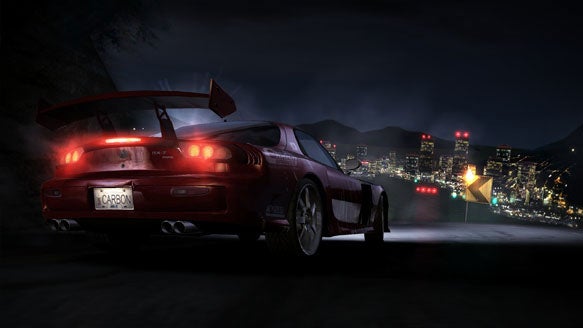
The first thing that struck me when I fired up Carbon was that EA definitely believes in the old adage “if it aint broke, don’t fix it”. It’s safe to say that Carbon plays very much like its predecessor, but that’s not necessarily a bad thing. Many developers will change a winning formula just because they feel that they should. But for me, the idea of extending my Most Wanted experience into Carbon was exactly what I wanted. Don’t get me wrong though, Carbon isn’t just a rebadged version of Most Wanted, there are improvements and additions, but they are quite subtle.
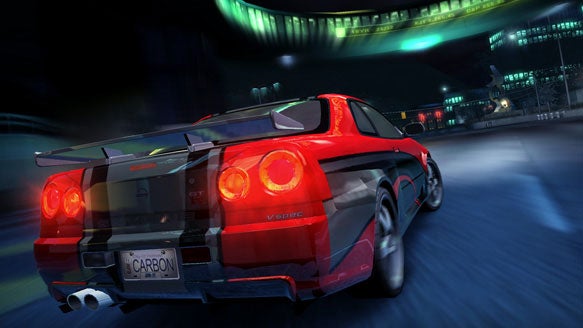
Although the game engine is clearly the same beast we saw in Most Wanted, Carbon harks back to the Need for Speed: Underground era, where all the action happens at night. In some respect this is slightly disappointing since you miss out on all the beautiful lighting effects as you drive toward the sunset, or emerge from a tunnel and find yourself momentarily blinded. That said, things have moved on considerably since the Underground series, and the streets don’t look like they’re constructed from polished glass, while the rain looks and feels like an environmental effect rather than pure eye candy. And although the autumnal, sun dappled lighting from Most Wanted is missing, the effects created by street lights, headlamps and shop fronts is no less impressive.
Like Most Wanted before it, Carbon creates a truly staggering feeling of speed when you nail the throttle. The road surface is dirty, uneven and cracked on close inspection, which just adds to the feeling that you’re hurtling down the road when it’s flying past your view. Likewise, the scenery whizzes past with some very impressive motion blur effects, all of which really does put you in the driving seat.
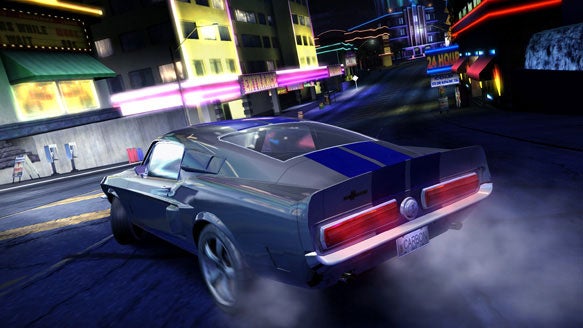
Carbon isn’t going to win any awards for originality when it comes to the story, in fact you could probably flit between this and Most Wanted and barely notice the difference. Instead of working your way up the Blacklist of street racers, in Carbon you’re out to conquer the city by taking down all the turf bosses and their crews. Obviously you win territory by winning races, but all the time there’s an underlying plot that progresses with each win. Even the cast of characters is spookily similar, with Maybelline model, Josie Maran being replaced by Emmanuelle Vaugier as the token babe to complement the fast cars. It’s almost like EA is appealing to the male stereotype!
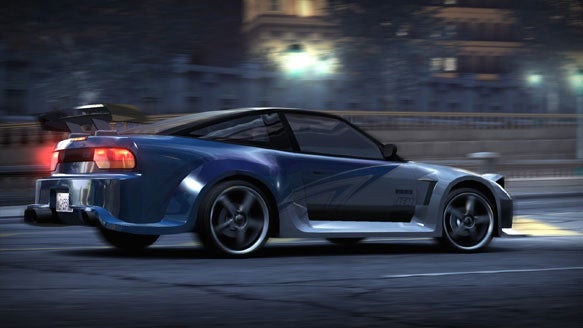
Talking of cars, you start the game driving the same BMW M3 GTR that you have at the beginning of Most Wanted, and just like in Most Wanted, you lose your car pretty much instantly. You’re left having to work your way up the ranks driving something pretty low rent and basic, although not quite as low rent and basic as in previous games. I kicked off my career mode driving a Mazda RX8, which was the best of a bad bunch. I’m not saying that the RX8 is a bad car, but the Wankel rotary engine has a distinct lack of torque, which would be quite a major issue if you were street racing in the real world. But the other two choices were a lot worse – you’ve got a Cevvy Camaro SS which will be fine in a straight line, but woeful when cornering, or an Alfa Romeo Brera which is a big, heavy excuse for a coupe with pitiful handling. Of course, the cars in NFS land don’t necessarily equate to the real world – I realised this when I saw that EA reckons that a Renault Clio V6 handles better than a Lotus Elise! I’m not sure who worked out the attributes for the cars in Carbon, but they must have either had no idea about driving or just dropped some acid that day.
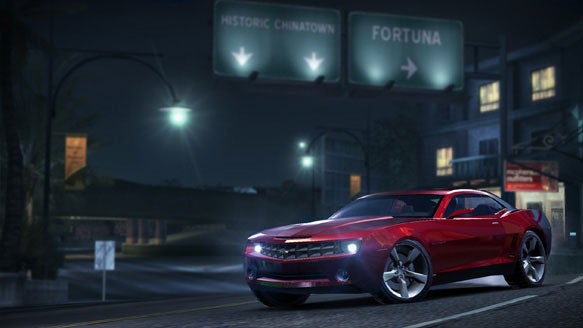
As you’d expect from a Need for Speed game, the level of customisation available to you is incredible. The most import stuff comes under the Performance section – here you can upgrade your engine, transmission, suspension, tyres, turbo etc. The interesting part is that you can tailor each upgrade to your driving style, so if you like to have a surge of torque at your disposal (as I do), then you can tailor your rig to suit. Likewise you can tailor your turbo so that it comes on boost earlier in the rev range, but obviously that will limit the amount of raw power it provides. You can even tailor the bias of your braking to the front or rear, depending on whether you want to shave of speed as fast as possible or initiate some oversteer.
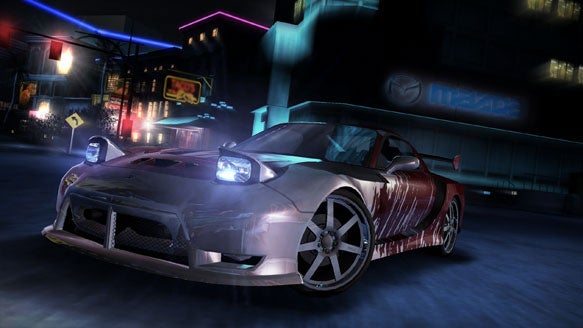
There’s also a plethora of cosmetic changes that can be made, simply to make your car look that bit different from everyone else on the street. To be fair the cosmetic changes aren’t totally pointless, since once the cops know what car you drive, it’s worth changing the colour and styling regularly. Also, if you’re going to be playing online regularly, you’ll probably want a car that looks as individual as possible, and with the amount of customisation options on offer, you really can create a car like no one else. Unfortunately for me, how my car looks is somewhat irrelevant, since I always drive from the bumper view, rather than hovering behind the vehicle. Winning races will unlock new upgrades, so you need to nip back to your safe house periodically to keep your car competitive.
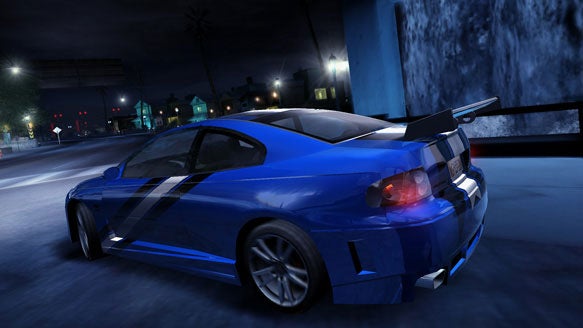
How you play through career mode is a personal choice. The Free Roam aspect allows you to drive around the city looking for races, finding challenges and provoking the cops. However, if you just want to bust through the game you can jump directly to each race from the World Map. If you take the latter option, you’ll soon find yourself building up your cars, and taking over the city, but you’ll miss out on a key aspect of the game – immersion. Like Most Wanted and NFS: Underground 2 before it, the Free Roam mode adds a real sense of location to the proceedings. So much so, that I used to fire up Most Wanted and just drive around the city for a while without actually participating in any races. I often found this quite relaxing and therapeutic, and the night time setting of Carbon gives the whole experience an even more chilled feel. Of course if you want a happy medium, you can still select each race point on the world map and then activate your GPS, which will then guide you to the race rather than teleporting you to it.
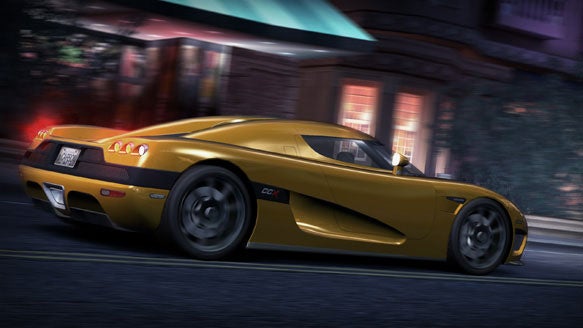
The race types are fairly basic, with standard circuits, sprints and the excellent speed trap race carried over from Most Wanted. Drift challenges have also been thrown back into the mix, and these are most definitely the hardest to complete. Clearly EA has been watching the last instalment of The Fast and the Furious franchise, but unlike in the movie, drifting in Carbon is very difficult, just like in real life. The basic principles of sharp turn in, lift off oversteer and a generous handful of opposite lock are all present, but pulling that all off using a game controller isn’t that simple. There’s something terribly wrong when I find it harder to pull off a manoeuvre in a game than I do in a real car – perhaps it’s time that I invested in a steering wheel for my 360!
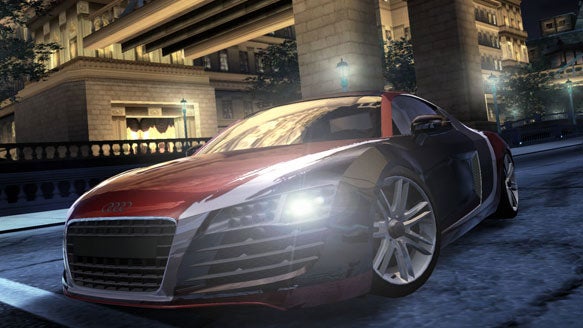
Where Carbon does depart from previous NFS outings is the canyon races. Once you’ve challenged a turf boss for their territory, you have to race them through the city, and then out of town in the canyon. The canyon races really get the adrenaline pumping, and it’s all too easy to crash through a barrier and into a 400ft freefall. A boss battle canyon run is split into two halves – first up you’re chasing them down the hill, trying your best to keep as close as possible. On the second run you’re in front and you have to put as much distance between you and them as possible. This is without a doubt the most challenging part of the game, but it’s still not too much of a challenge. And that’s the main shortcoming of Carbon – it’s just a bit too easy.
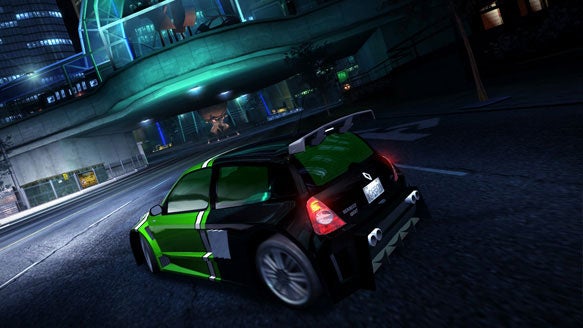
The problem with Carbon is that as long as you’re a half decent driver, you’re never going to lose a race. The AI just feels very basic by modern standards, and even if you start at the back of the grid, you simply hit the nitro, pass the pack and then cruise to first place. Obviously things get more challenging as you plough through the game, and you’re going to have to make sure that you have the right car, with the right mods to win some races. But in most cases you’ve saved up so much money from the early part of the game, that if you do find yourself outgunned, it’s just a matter of cruising back to the safe house, adding some more firepower and heading out to race again.
As if it wasn’t easy enough to win most races anyway, EA has added a new feature to make things even easier – a wingman. You can build up a crew of up to three other drivers who will shadow you during races, each with different abilities. You get blockers who will take competitors out of the race and clear the way for you, scouts who will find shortcuts in the circuit for you to take, while drafters let you slipstream in their wake before you pull out with a burst of speed. Arguably the blocker is the most useful since he actually takes other racers out of the picture. The scout can be cool, although once he shows you a shortcut the rest of the field will also follow. The drafters are close to useless, since you’re better off using your nitro in the majority of situations.
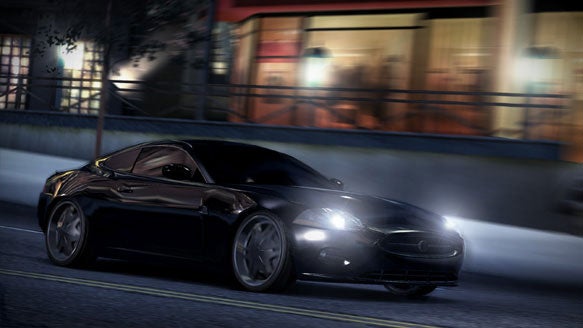
As always with a game from EA, the production values are sky high. The whole game is so slick, cool and stylish that it puts the Fast and the Furious movies to shame. The soundtrack solid and very diverse – anything from Tubeway Army to Goldfrapp could start playing next. And although completely cardboard acting is a thing of the past in games, all the players in Carbon seem to be taking their jobs seriously enough to make the cut scenes convincing.
Finally there’s the online play, something that EA is getting better and better at. I’ve been playing a bit of FIFA 07 online lately and I’ve been amazed at how smooth the gameplay is, without a hint of lag. Of course with a game like Carbon, you’re going to notice lag even more, but on the whole the experience is first rate. After a couple of races you almost forget that you’re playing online and just get completely immersed in the racing. There are even some pretty cool new online modes, like having one player driving a racer and all the others playing cops and trying to nail him/her. Unfortunately, the majority of online players just want to race and improve their ranking, so the chances are that that’s all you’re going to find.
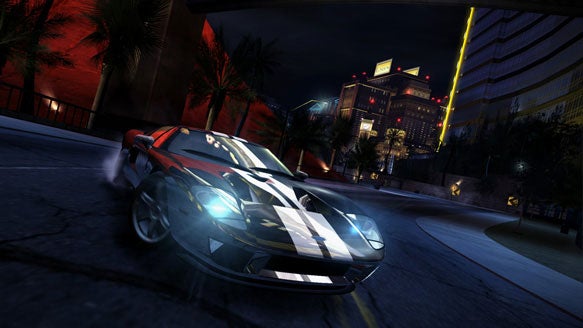
”’Verdict”’
Need for Speed: Carbon is more of a continuation of Most Wanted than a new game, but I’m not too bothered by that. There was so much that I loved in Most Wanted, that I’m happy to have another playground to race around. Carbon isn’t without its problems though and EA needs to come up with improved AI for the next game to make it a bit more challenging. I also need to mention that Carbon does drop the odd frame, just like Most Wanted did before it. On the whole though, this is a great arcade racer with stunning visuals, amazing production values and a truly believable feeling of speed.

